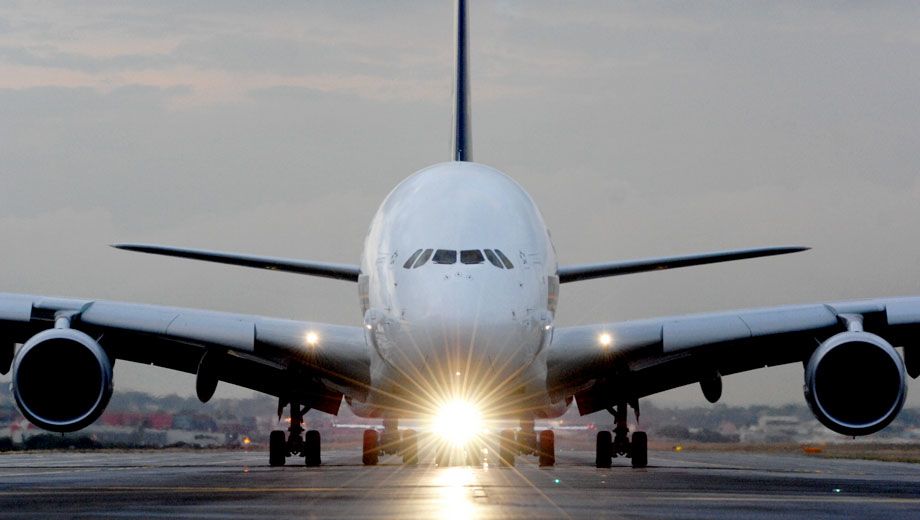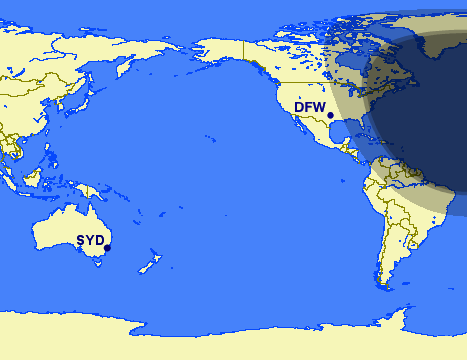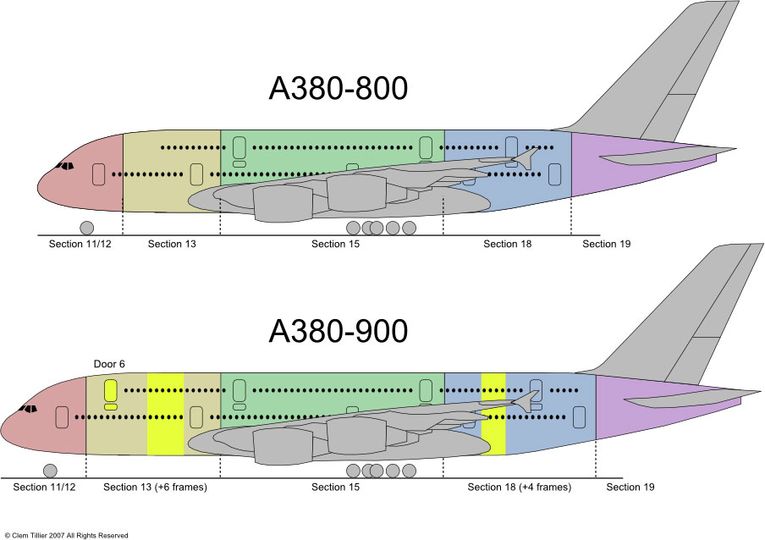Imagine stepping onto a Qantas flight in Sydney or Melbourne and going straight through to New York or London.
At around 20 hours non-stop it’d be the longest of the world’s long haul routes – and according to Airbus, such flights are “the holy grail we’re always chasing”.
Airbus executive vice president Tom Williams cites Singapore Airlines’ non-stop flights from Singapore to New York and Los Angeles — taking around 18 hours to ply the 15,000km trek on an ultralong-range version Airbus A340 — as examples of what can already be done today, and says “we continue to work on improving range.”
But, as he tells Australian Business Traveller, “it all comes back to economics.”
“Singapore Airlines do those flights with an all business class cabin” he explains, and airlines also need to carry enough freight down below. "A lot of the airline business model today is driven not only by passengers but what’s in the belly of the aircraft. They’ll typically say we need to find 20 tonnes of useful freight in order for that mission to make good economic sense.”
That said, Airbus sees an evolution of the A380 as helping to unlock the payload puzzle.
“We’re working on things like weight improvements and trying to squeeze more power out of the engine” Williams says of the second-gen superjumbo, which will add an extra 190km in range – in theory, enough to make a direct Sydney-New York flight possible.
The enhanced A380 will debut in 2013, with British Airways and Emirates as first customers, with Qantas to follow later in the decade.
This range map from Sydney shows the maximum range for the Boeing 747-400ER (lightest grey), the current Airbus A380 (medium grey), and the upgraded A380 (dark grey), not taking headwinds into account.
Williams quotes the same rule of economics when it comes to the A380-900, a stretched version of the today’s standard A380-800, which remains on the drawing board at Airbus HQ.
“I lead the team that designed the wings of the A380, and (when she first saw the models) even my good lady wife was quick to point out that the wings are very big in comparison to the fuselage” he recalls.
“The wings are in fact designed for a much larger airplane, so we have the capability of going to a bigger fuselage – we can stretch the fuselage very easily.”
“And we have airlines today who tell us they love the A380 but it’s too small! Now it’s not an engineering issue, we can make it bigger, it’s more a question of what would be a good business case and where the market for this is. I don’t want to develop that airplane for a niche, if we’re only going to sell 20 airplanes to only two customers it’s not worth doing."




Hi Guest, join in the discussion on Next-gen Airbus A380 to fly further, longer